Last updated on 03/04/2014
From P.J. O’Rourke, just in time for the UO Senate debate on the Academic Freedom Policy, March 12. Apparently some court in Ohio upheld a law requiring fact-checks on free speech. The SCOTUS is going to decide if they should hear the case and get in a few laughs mocking the yokels, and P.J. wants in on the action.
In related news, after some national ridicule the Kansas Board of Regents has given up on its efforts to ban faculty from using twitter. Their new draft policy is here. UO President Mike Gottfredson tried something similar at UO last year, to his shame and humiliation, and Sharon Rudnick’s profit:

But whatever. Let’s move on to what will be on The Daily Show:
And for an excellent example of this principle and the First Amendment at work, check out the new UO student blog http://uomatters-doesntmatter.blogspot.com/, which mocks, parodies, insults, and defames me:
(Update: Sadly, the authors of UOMDM now seem to have taken it down. Come on guys, do I really seem like the sort of person who would sue a blog for defamation? Your insinuation is libelous, and you’ll be hearing from my lawyers if it’s not back up by noon. But there’s also http://www.uomatter.com. No idea who writes that one.)
OK, maybe it’s a little over the top. But compare it with the officious letter below from former UO Journalism Dean Tim Gleason. (I think. He won’t tell me unless I pay President Gottfredson’s Special Assistant Dave Hubin $283 for the public records).
Who is on the side of truth, and who is a pretentious overpaid administrator, sucking off the sugar tit of UO student tuition money? (Huey Long/Willie Stark, as reported in the American Quarterly, 1968.)
I don’t know. I just report the facts. Read both, and decide for yourself:

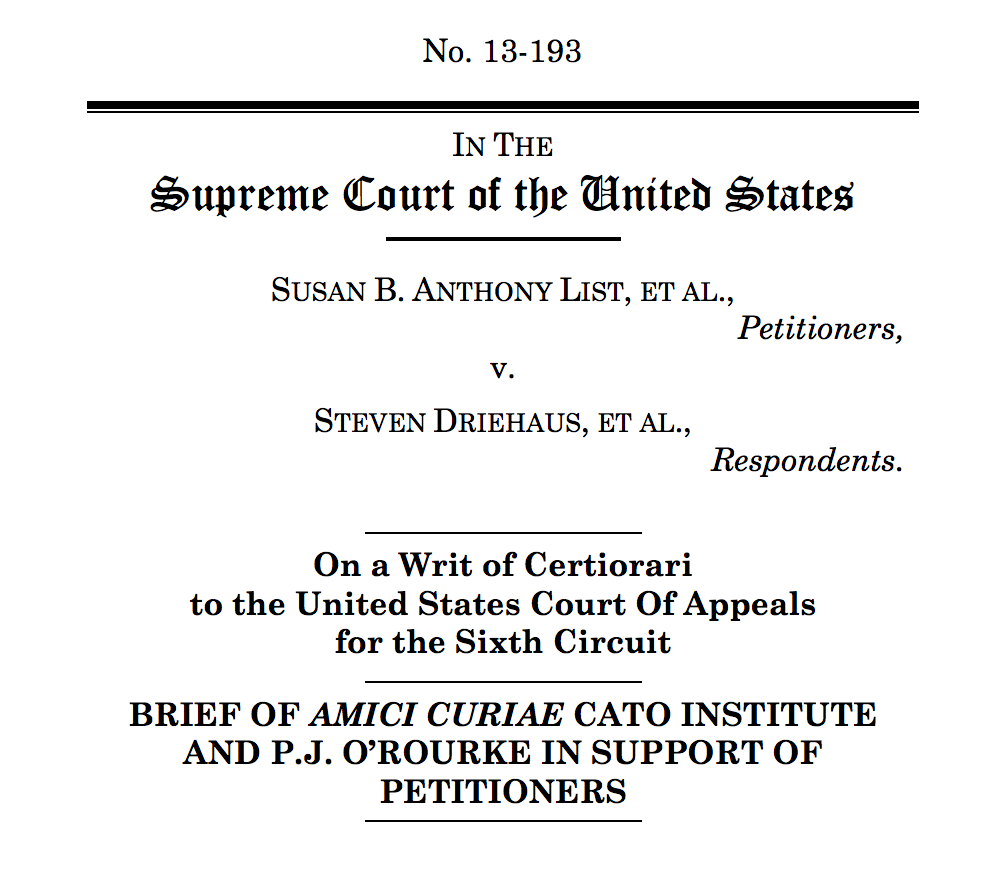
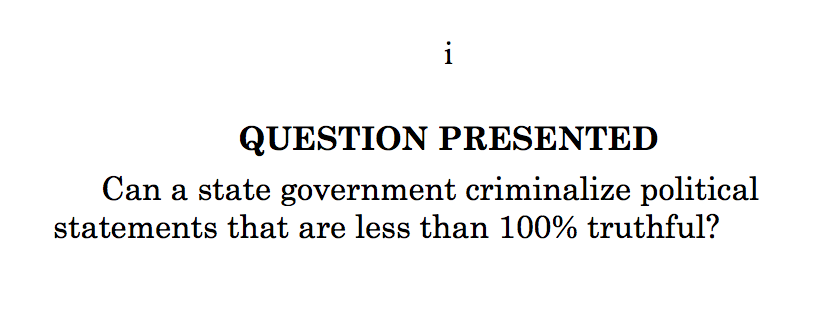
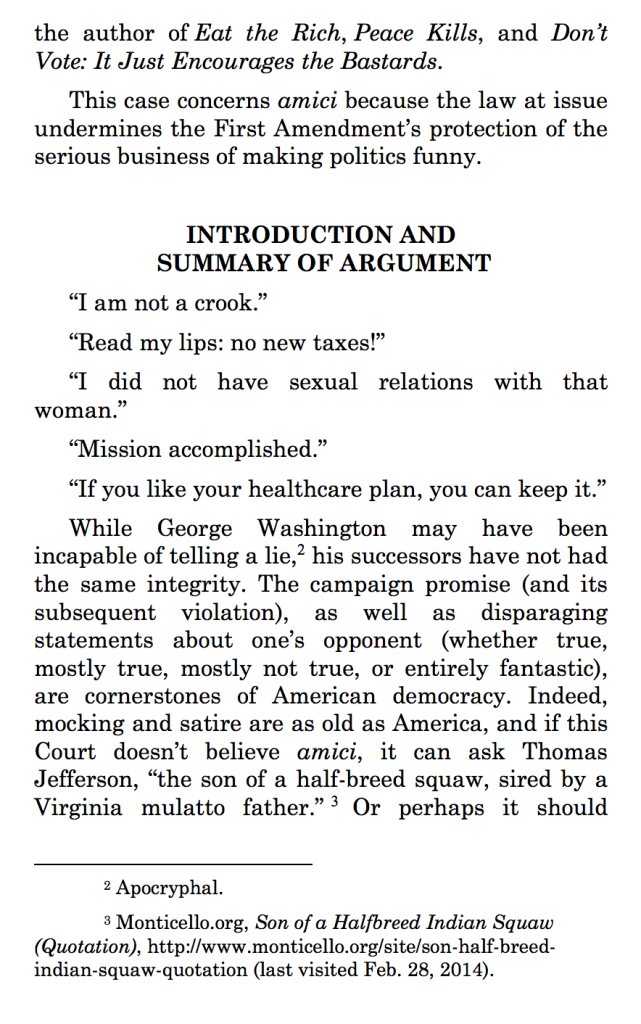
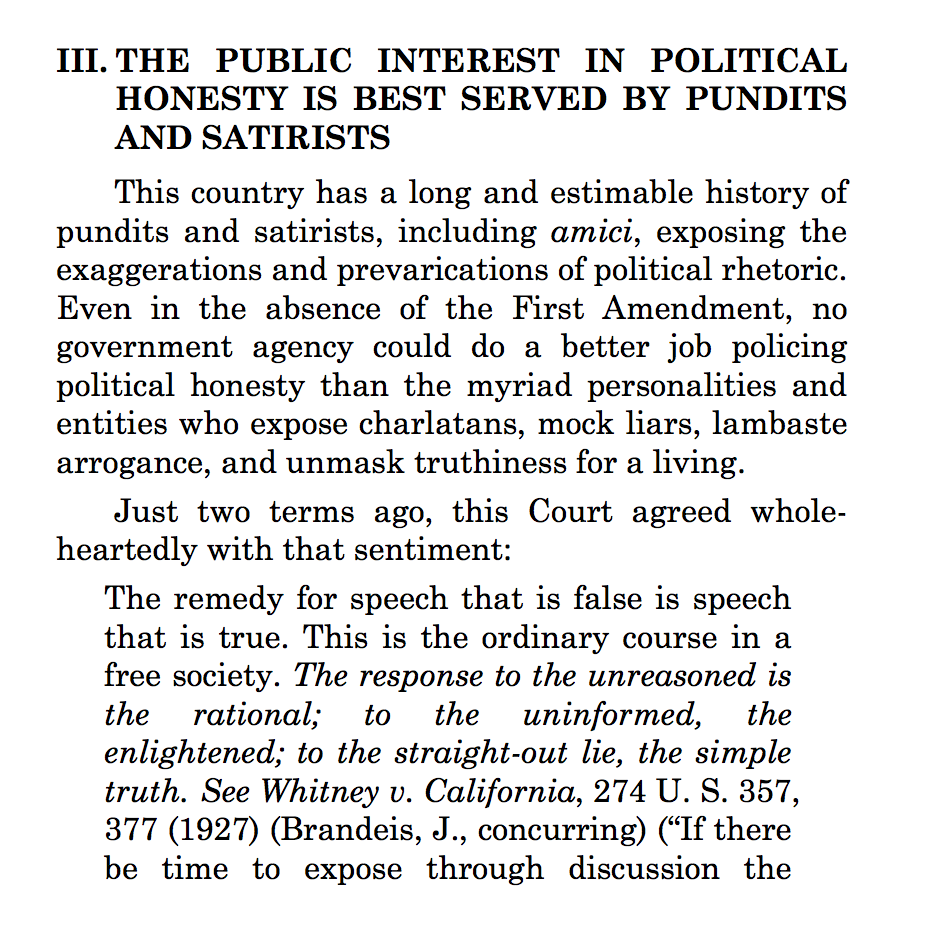
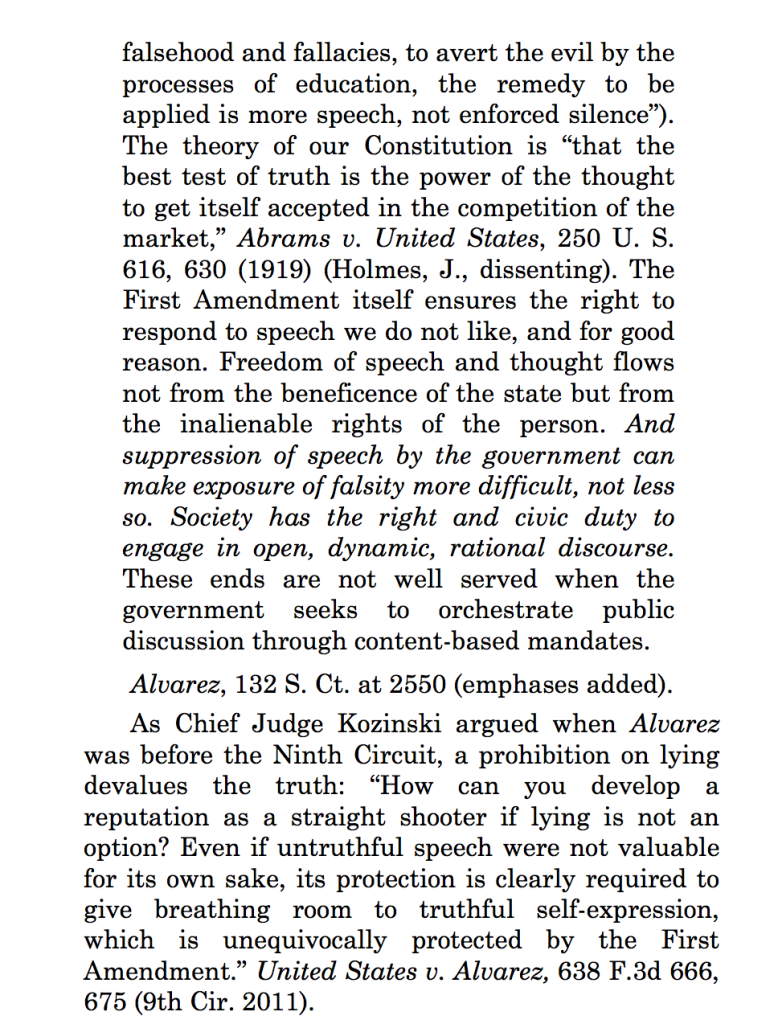
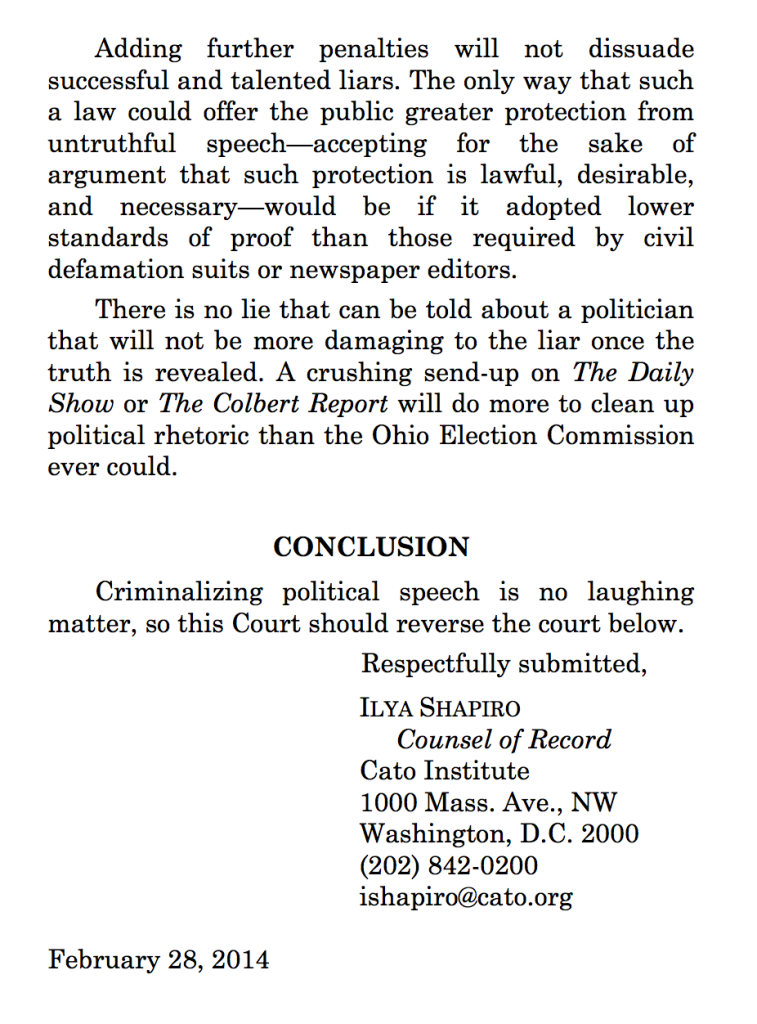
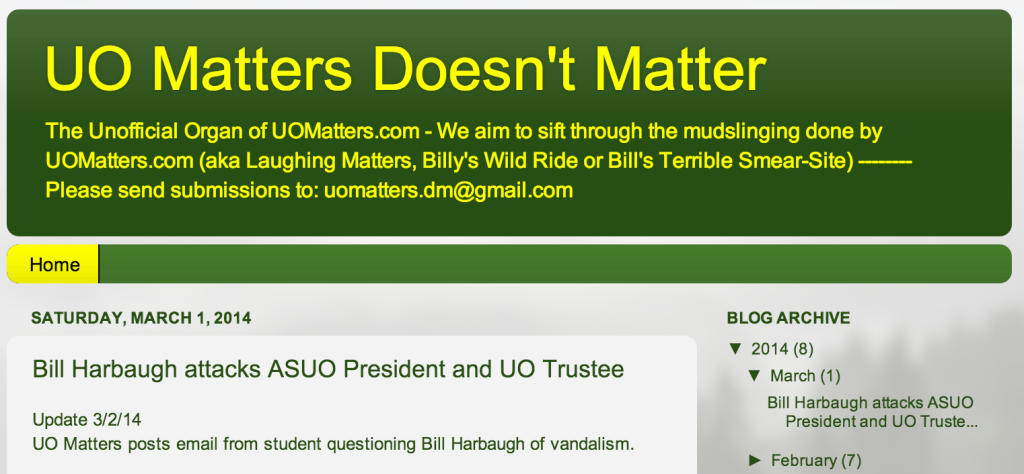
“The remedy for speech that is false is speech that is true.” But you delete those trying to correct your misinformation, so you make it hard for the truth to be revealed.
You must not read the blog often. People call the blogger on his mistakes all the time. If you want a blog that’s all rah, rah for the UO and singles out our blogger for his less-than-halcyon-like reporting on the UO, go to that blog with the singularly creative and original name: UOMatter.com. I think you’ll find people your own size.
Mistakes are one thing, outright dishonesty is another. I don’t require constant rah-rah, simple fairness and a small modicum of respect mixed in with the “satire” would suffice. And he is not Colbert.
Was it dishonest when the president said that the Blonigen report ENDORSED Espy? Just wondering.
It wasn’t dishonest. Parts of the report did endorse RIGE (let’s be clear- this is a report of RIGE, not Espy, regardless of what UOM and its followers are trying to make it be.) But finding them requires reading the entire report, and not cherry picking only the parts that find fault with RIGE, as UOM and his followers do so eagerly. So Pedestrian is correct, UOM does not want to see all the facts, as those might distract him from his agenda.
That is such a hypocritical statement it is pathetic. “No” worries about cherry picking, and then fails to see the problem with the president’s letter that tries to paint a positive picture of RIGE based on a report that is in the “scathing critique” category (at least as these extremely conservative and demure documents go…for comparison see the watered-down nearly-useless RAP report). The president’s letter was cherry-picking at its best; it’s slight nod to “discontent” was an obvious mischaracterization of the Blonigen report. Just read it. The whole thing.
Take note of sections like this one: “The repeated statements of consternation and confusion among almost all groups we interviewed about the internal policies, procedures, and practices of RIGE show an ongoing problem with transparency, which has generated a widespread lack of trust in RIGE’s dealings with the campus community.”
That, my friends, is a description of failed leadership.
Also, there’s this sentence directly afterwards: “RIGE has made a number of substantial decisions regarding research activity in the research areas of the RIGE leaders, particularly the formation of the Prevention Sciences Institute, without any formal processes for oversight, except for ultimate oversight by the Provost.”
That is called a conflict of interest. It’s also called feathering your own nest when your responsibility extends across all of research on campus.
These are not mild problems. They are huge red flags regarding the actions of a self-interested person who has broken relationships with huge swaths of the faculty she was supposed to be leading.
What is Job of a VPR and why the comments in the Satire post?
I am not sure why these comments are under a satire post. But a comment above led me to ask myself ‘What is the job of the VPR and RIGE. Above in a comment someone said a VPR is to lead faculty, I do not think that is correct.
A VPR is a champion, a hero, or perhaps a quartermaster. They do not lead, they are there to facilitate and enhance research and the academy. If I were to make my list for what a RIGE unit would do it would include these:
Job one:
Retain great scientists and researchers and make sure they have the tools to succeed
Hmm, that is the end of my list.
Here are just a few examples how I see the VPR Job one applies to the academy.
Recruiting and hiring of great scientists and researchers will be done by the faculty, dean, and provost. If the VPR has fulfilled job one, they will be instrumental in recruiting, but they do not recruit. One could say if they do Job 1 correctly because of the VPR great scientists and researches will seek us out.
The same goes for getting grants. The Faculty and enterprise teams and departments will go after the grants. Grant are competitive, hard to get, and take a long time. To keep credibility with the grant administrators all the work that top scientists do not think about like audits, bookkeeping, transparency, accountability etc. must also be done. A VPR does not get the grant, but if the VPR has fulfilled job one, the administration of the grant and accountability in the way we do thing in our academy will keep these grants coming in.
Also, as stated above it takes a long time and a lot of resources to bring in the mega grants, a VPR must manage cash and be a pit bull with other competing interests to make sure that the great scientists can make it from one uncertain period to the next. That is after all the reason we tax the grants so heavily, correct?
A VPR does not build an institute or a science building. If job one is accomplished, the top researches and money seek out our core infrastructure with amazing ideas and dreams that they want to build. They come to us because they trust our core services can make the best use of their donations of capital, time, money, brainpower, love, etc. The VPR is absolutely critical in getting these dreams off of the ground, because of the history and building of core research infrastructure, credibility, and good will. Any one VPR is not the rock star, no more than any one VPR is to blame, but given 3-5 years if we are not preserving our past accomplishments, building today for tomorrow, and looking to the future it may be time for a change.
We can blame it on the UO not having a medical school?
Here are some examples of what other elite research universities many on our peer lists do to support researchers. We could blame not having engineering or a med school but perhaps the truth is we will never be more than a mid tier public university, a former flagship AAU school like Nebraska who stated ‘we are better than Oregon why are we getting kicked out’. Perhaps we should stop trying to be the Berkley of the North and strive to be a little better then the Portland State of the South.
All the flowery ideas can actually be seen at great universities, in a very real and tangible way. Just Google Core Research Facilities and services. Here are a few example of VPR offices of our ‘peers’ look for links to their core and shared facilities and services:
UO: Where is our core research services list?
http://rfd.uoregon.edu/ http://rfd.uoregon.edu/files/rfd/RIGE_Trifold_web.pdf Is this it? Branding, and how to find your own grant? What about core facilities like compliance, human subjects infrastructure, animal research core, IT and systems core, bridge and other funding. I may sound like a republican but where do our grant taxes go?
Any part of these.
http://blink.ucsd.edu/research/conducting-research/scientific/core-facilities.html
https://www.washington.edu/research/oris
http://doresearch.stanford.edu/research-scholarship
http://www.colorado.edu/vcr/
than
Good points OLC. In hindsight I agree that “lead” is not the right word to describe a VPR’s role. “Support” or “facilitate” are perhaps better names for the responsibilities that our VPRI has failed to fulfill.
I disagree about recruiting. The VPR has an important role to play in recruitment and retention.
Finally, although a single VPR should not bear full responsibility for our challenges at this university, it is really quite amazing how much damage a single self-centered short-sighted person can do in a relatively short time.
The VC role in recruiting is a dean or a funding source saying: I want three top researchers to come to our department/institute, and those researchers magically come. Of course we know that it is not magic. Like everything it is hard, and bringing in three or four researchers to build s core takes more than a single VPR. Once there is a sound plan. The VPR needs funding to tap to bring them in, they need space to give, they need subject infrastructure like rats, fish or humans, support staff, and equipment and tools. As we see there is a role, but it is not a headshot and name in a press release but rather, it is the years before the recruiting sheet comes in.
And if you have a couple bad years, or decades of admin telling PI’s ‘Pay your grant tax, and we are done with you. Go do what you want get it, build it, manage it yourself.’